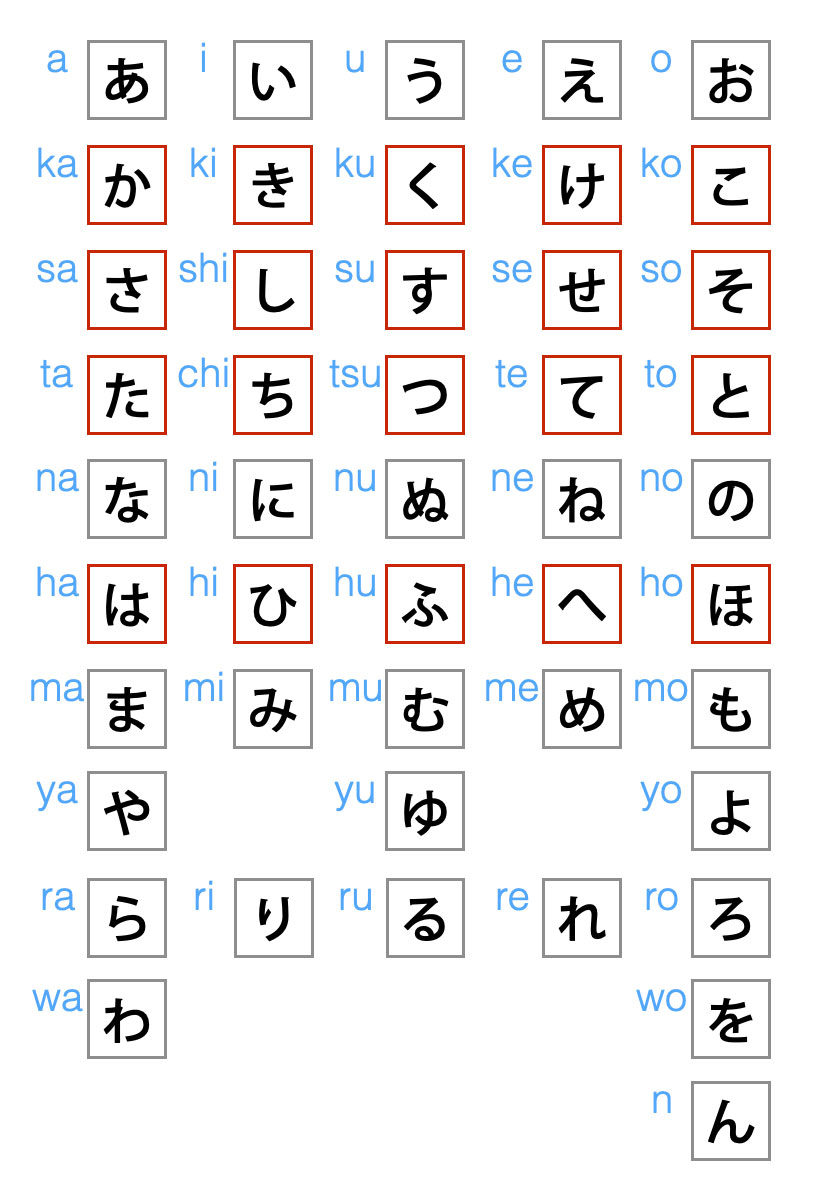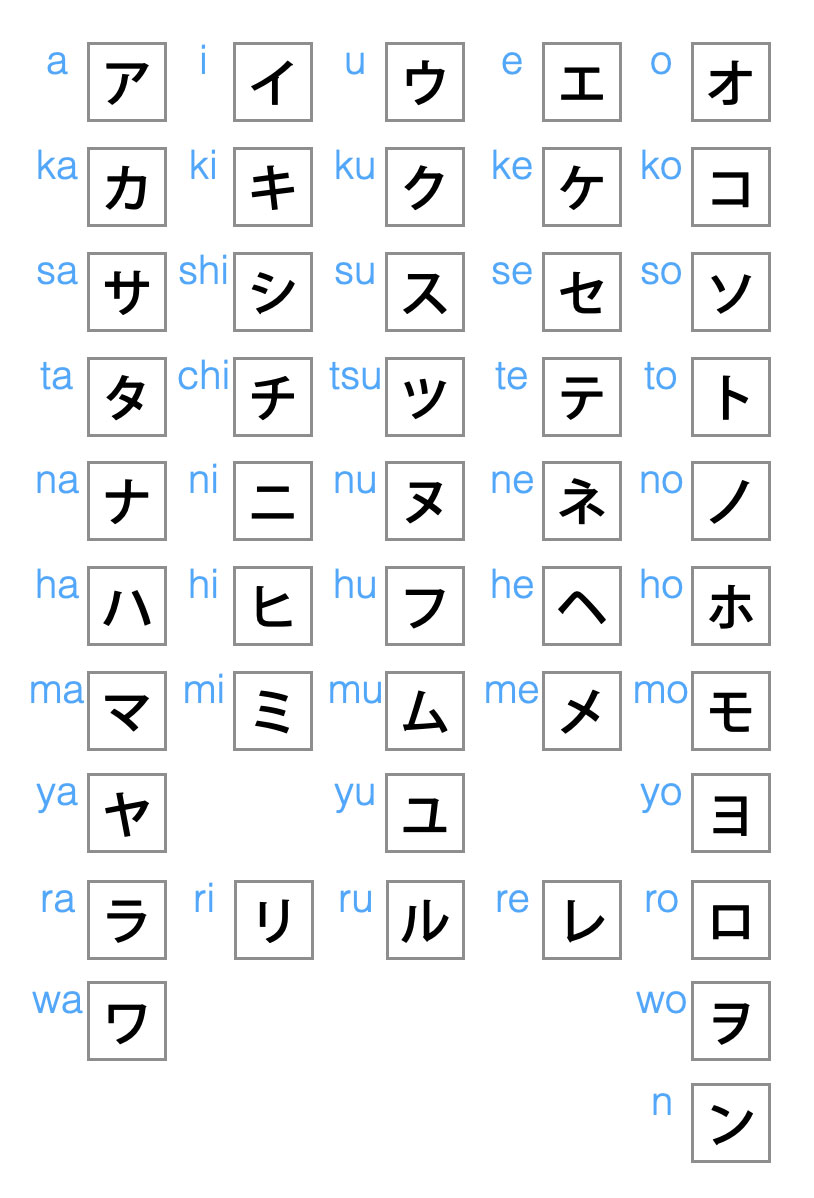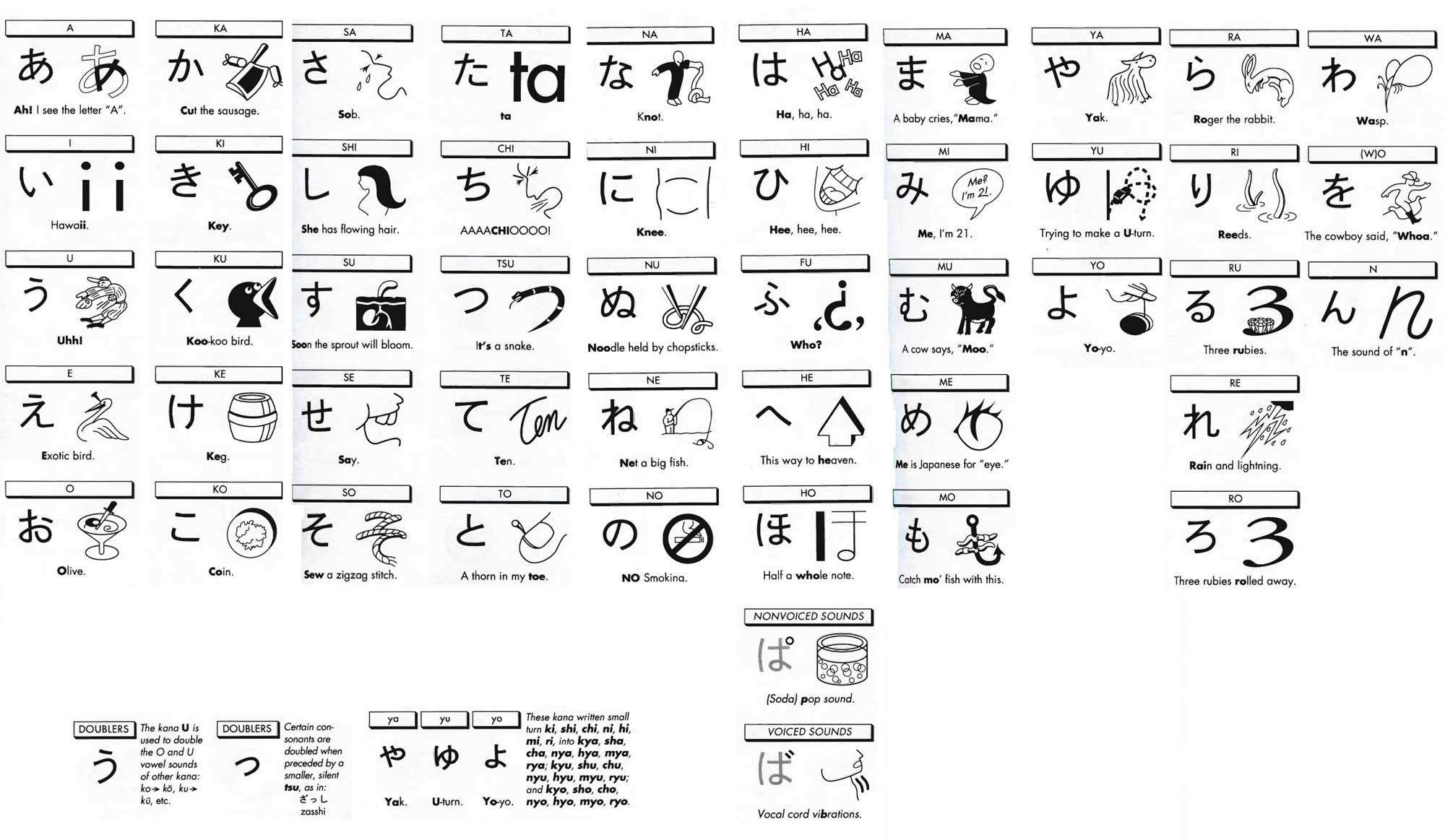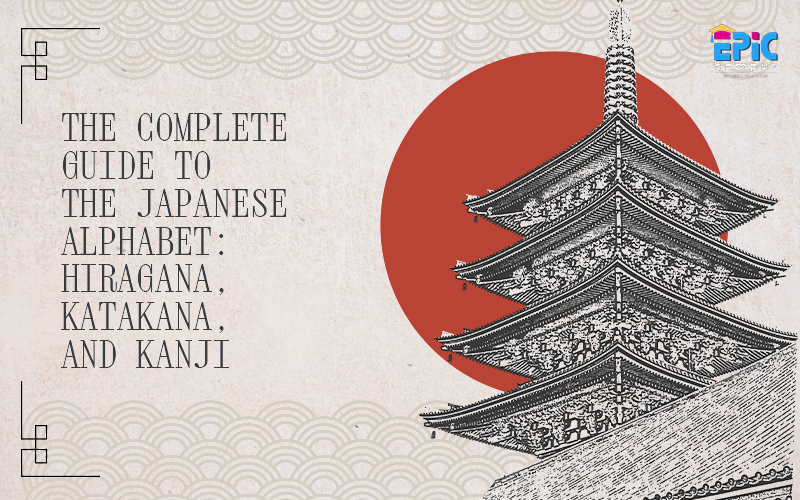Inspirational journeys
Follow the stories of academics and their research expeditions
The Complete Guide to the Japanese Alphabet: Hiragana, Katakana, and Kanji

Are you starting your journey in learning Japanese? Understanding the Japanese writing system is the very first and most essential step. Unlike English, the Japanese alphabet is made up of three different scripts—Hiragana, Katakana, and Kanji—each playing a unique role in reading, writing, and expressing meaning.
In this guide, we’ll break down the Japanese Alphabet and show you why mastering it opens the door to understanding this beautiful and expressive language.
- The Three Scripts of the Japanese Alphabet
1. Hiragana (ひらがな)
Hiragana is the first script learners encounter and is used for native Japanese words, grammar particles, and verb endings. It consists of 46 basic syllables, each representing a sound.
It’s a phonetic script, meaning you pronounce what you read. Mastering Hiragana is essential because it forms the foundation for everything else you will learn in Japanese.
Example:
-
さくら (sakura) = Cherry blossom

2. Katakana (カタカナ)
Katakana is another phonetic script, but it’s used mainly for foreign words, loanwords, on-screen sounds, and emphasis. If you hear Japanese words like “coffee” or “computer,” they’re likely written in Katakana.
Examples:
-
コーヒー (kōhī) = Coffee
-
コンピュータ (konpyūta) = Computer

3. Kanji (漢字)
Kanji are logographic characters borrowed from Chinese, representing ideas and meanings, not just sounds. They’re used for nouns, verbs, adjectives, and names. While Kanji may seem intimidating at first, learning them is key to fluency.
Examples:
-
生 (sei/shou/i) = life, birth, student
-
本 (hon) = book
-
一 (ichi) = one
-
百 (hyaku) = hundred

- Why Is Hiragana Important for Beginners?
If you’re just getting started, Hiragana is your gateway to learning Japanese. It helps you:
-
Learn basic pronunciation
-
Understand grammar structures
-
Read simple texts and children’s books
-
Add pronunciation guides (called furigana) to Kanji
Without Hiragana, reading Japanese would be nearly impossible for beginners. That's why it's the first script taught in most language programs.
- Hiragana vs Katakana: What's the Difference?
| HIRAGANA | KATAKANA |
| Used for Native Japanese words. | Used for Foreign or Borrowed words. |
| Smooth and Curvy Writing | Angular and sharp writing |
| Common in Daily writing | Common in signage, Menus, and tech |
- Understanding Long Vowels in Japanese
Long vowels can change meanings entirely, so pronunciation matters!
-
Hiragana Example:
-
おばさん (oba-san) = Aunt
-
おばあさん (obaa-san) = Grandmother
-
-
Katakana Example:
-
ビル (biru) = Building
-
ビール (biiru) = Beer
-
In Katakana, long vowels are marked using a "ー" symbol. In Hiragana, the vowel is usually doubled.
- What About Kanji in the Japanese Alphabet?
Kanji adds depth and complexity to Japanese writing. Each Kanji represents a concept, and many have multiple meanings and readings, depending on the word they appear in.
For example:
-
学 (gaku) = study
-
学生 (gakusei) = student
-
学校 (gakkō) = school
Kanji is also used in numbers:
-
一 (ichi) = one
-
十 (juu) = ten
-
千 (sen) = thousand
Though challenging, learning Kanji enables greater reading fluency and expression.
- Pronunciation Tips for Japanese Alphabet Learners
-
Palatalized Sounds: Use small ゃ, ゅ, or ょ to make sounds like きゃ (kya), しゅ (shu)
-
Voiced Sounds: Add dakuten (゛) to create sounds like が (ga), ざ (za)
-
Semi-Voiced Sounds: Use a small circle (°) like ぱ (pa), ぴ (pi)
-
The “ん” Sound: Only consonant that stands alone, often used at the end of words
-
Double Consonants: Indicated with a small っ, causing a slight pause (e.g., さっか = author)
-
Short/Silent Vowels: Often faint in fast speech, like the “u” in です or ます
- What Is Romaji?
Romaji is the Romanized version of Japanese, using the Latin alphabet. It’s great for beginners to read and pronounce Japanese words before learning the actual scripts.
Example:
-
さくら = sakura
-
こんにちは = konnichiwa
While Romaji is useful for starters, it's not used in everyday Japanese writing.
✅ Tips for Learning the Japanese Alphabet
Here are a few practical tips to help you master the scripts:
-
✍️ Practice writing daily: Repetition helps memory and recognition.
Use mnemonics and stories: Associating characters with visuals or stories makes memorization easier.
- Start with Hiragana, then move to Katakana and Kanj
- Use apps, flashcards, and quizzes to reinforce learning
- Listen and repeat pronunciation regularly to improve your speaking skills
- Refer to the below image

✨ Conclusion
Learning the Japanese alphabet may seem challenging at first, but with consistent practice, it becomes second nature. Start with Hiragana to build a strong foundation, then move on to Katakana for foreign words, and finally take on Kanji for a deeper understanding of meaning and nuance.
Whether you're preparing for the JLPT, planning to travel to Japan, or simply love the language, mastering the Japanese Alphabet is your first step toward fluency.
- Ready to start learning Japanese?
Join our interactive courses and take your first step toward mastering Hiragana, Katakana, and Kanji with Epic Campus’s online Japanese programs.
- CLICL HERE TO -
Start Learning Now



Leave a comment